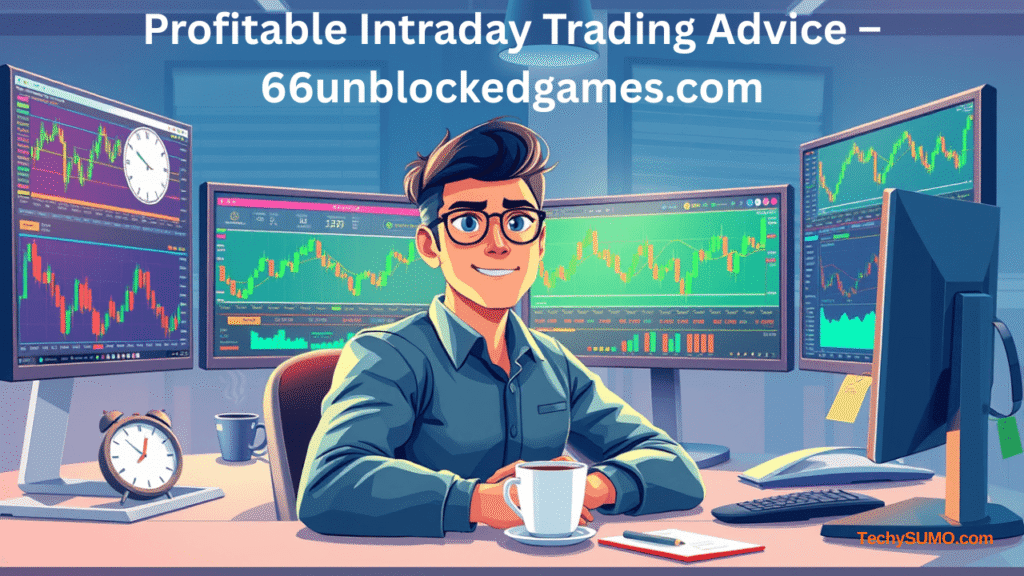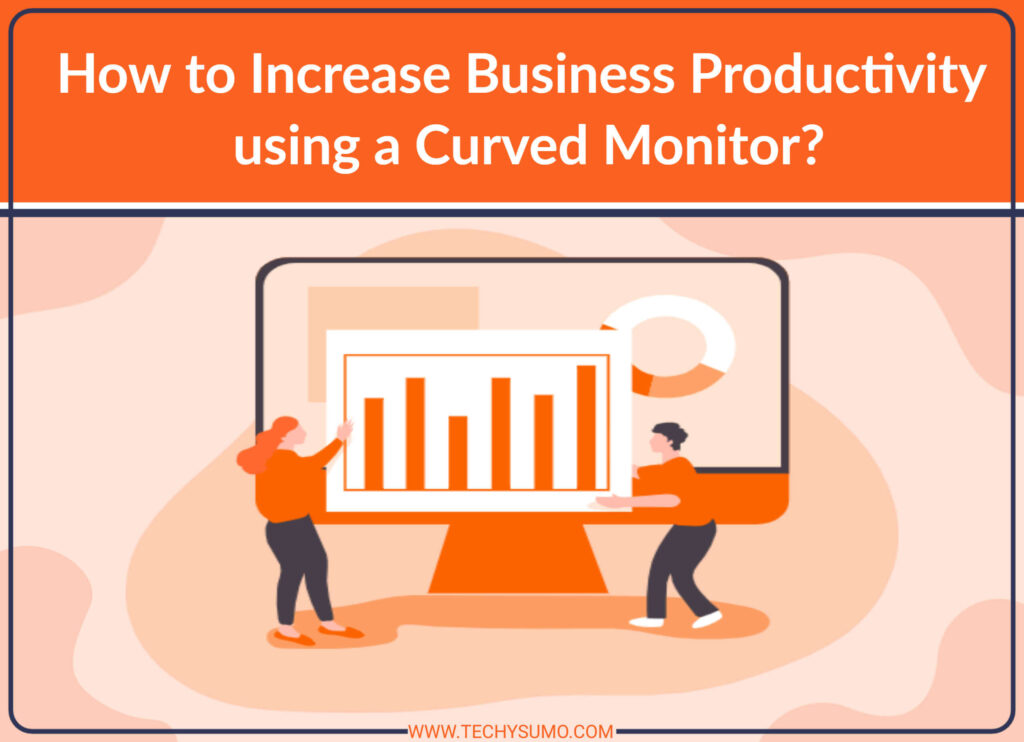So, you’ve been eyeing the stock market and thinking, “Hey, maybe I can make some money buying and selling during the day?” That, my friend, is called intraday trading—and yes, it’s as intense as it sounds. But don’t worry, if you’re new to this game, I’ve got you covered with a guide that’ll walk you through the essentials, Anderson Cooper-style. Conversational, smart, and grounded in experience.
Let’s dig into what you really need to know if you’re stepping into the fast-paced world of intraday trading.
Table of Contents
- What Is Intraday Trading, Anyway?
- Do Your Homework Before Hitting That Buy Button
- Stick With Large-Cap Stocks (The Big Boys)
- Know Your Price Gameplan—Before You Enter the Trade
- Always—And I Mean Always—Set a Stop-Loss
- Celebrate Wins—But Don’t Let Greed Drive You
- Don’t Morph Into an Accidental Investor
- Take Advantage of Tools Like MetaTrader 4 in Australia
- Final Thoughts: Master the Game Before You Play Big
What Is Intraday Trading, Anyway?
Let’s keep this simple. Intraday trading—or what most folks call day trading—means buying and selling stocks within the same trading day. You open a position in the morning, and by the time the market closes, you’ve (hopefully) locked in some profits.
Sounds thrilling, right? Well, it can be. But for beginners, it can also be a trap. A really expensive trap. That’s why understanding the basics, practicing discipline, and using solid strategies is non-negotiable.
Do Your Homework Before Hitting That Buy Button

I know, research sounds boring. But in day trading? It’s your best friend.
Also Read
Start by building a watchlist of 8 to 10 stocks. These should be companies that are actively in the news—maybe they’re merging, maybe they’ve got an earnings report coming out, or they’re announcing dividends. Whatever the case, these events can move markets. You want to be ready.
Also, study support and resistance levels. These are technical indicators that tell you where a stock might pause or reverse. They’re like speed bumps and green lights on a trading highway.
Stick With Large-Cap Stocks (The Big Boys)
Here’s the thing—liquidity matters. You don’t want to be stuck holding shares you can’t get rid of quickly.
That’s why newbies should go for large-cap stocks—those big-name companies that everybody’s trading. They’ve got high volume, which means it’s easier to buy and sell fast without wild price swings. Think of it like jumping into a busy Uber zone instead of waiting on a country road.
In short: Go for the big fish in the pond, not the tiny minnows.
Know Your Price Gameplan—Before You Enter the Trade
Successful traders don’t wing it. They plan their entry price and exit price before they even touch the keyboard.
Let’s say Stock A looks good at $50, and you think it could go up to $55. Cool. That’s your range. Now, the hard part—stick to it. Don’t get greedy if it hits $54.50 and starts to dip. Take your win and walk away.
Many traders lose out not because their picks are bad—but because they panic or get greedy. Stick to your gameplan, no matter what.
Always—And I Mean Always—Set a Stop-Loss
This isn’t optional. It’s mandatory if you want to survive in this world.
A stop-loss order is basically your exit strategy if things go south. It tells your broker to sell the stock automatically if the price drops to a certain point. This limits your losses, so you’re not left holding a sinking ship.
For example, if you bought a stock at $100, you might set a stop-loss at $95. That way, the most you’d lose is $5 per share. Smart, right?
Think of it as your safety net. Because let’s face it—markets don’t always go your way.
Celebrate Wins—But Don’t Let Greed Drive You
Here’s where a lot of traders go wrong: the stock hits their target price, but they hang on, thinking, “What if it goes even higher?”
Sometimes it does. But often? It crashes back down, and you’re left with regret.
Pro tip: Once you hit your goal, lock in that profit. You can always re-evaluate for another trade later. You can also adjust your stop-loss upward if you’re confident the price will keep climbing. That way, you’re protecting profits while still giving yourself room for gains.
Don’t get caught chasing every extra dollar. Remember—the market rewards discipline, not impulse.
Don’t Morph Into an Accidental Investor
This is a rookie move that happens all too often. You start the day planning a quick trade, but things don’t go as planned. Maybe the stock doesn’t move, or worse, it drops.
And then you think, “Maybe I’ll just hold it for a few days. It’ll bounce back, right?”
Stop right there. That’s not intraday trading—that’s investing. And the two are very different games.
Stocks chosen for intraday trading aren’t always great long-term holds. If you didn’t plan to hold it beyond the day, don’t start now. Stick to your original strategy. Discipline is what separates winners from wannabes.
Take Advantage of Tools Like MetaTrader 4 in Australia
If you’re serious about getting good at this, consider using platforms like MetaTrader 4. It’s especially popular in Australia and offers advanced charting tools, real-time data, and automated trading features.
During the COVID boom, interest in forex and intraday trading spiked—especially in Australia. In May 2020, trading volumes were up 67%. That’s huge. It shows just how many people are jumping into the game. But here’s the kicker: Only those who had the right tools and training came out on top.
MetaTrader 4 gives you that edge. It’s not a magic bullet, but it can help you execute smarter trades.
Final Thoughts: Master the Game Before You Play Big
Here’s the deal: Intraday trading can be profitable. Heck, it can even be exciting. The potential for daily returns is what draws most people in.
But it’s not a gamble—it’s a skill. And like any skill, it takes time, knowledge, and a lot of discipline to get good at it.
If you’re just starting out, invest your time in learning the strategies, understanding risk, and using tools like stop-loss orders and price planning. Platforms like MetaTrader 4 are great, but you are the biggest variable in the equation.
Trade smart. Start small. Stay humble. And whatever you do—don’t let your ego drive your trades.
Bottom Line: Intraday trading isn’t just about buying low and selling high—it’s about knowing when to enter, when to exit, and how to protect your money in between. Do that, and you’re already ahead of most newbies out there.
Ready to take the plunge? Just don’t forget—homework first, profit second.
If you’re looking to dive into the world of digital assets, check out our blog on 4 Cryptocurrency Trading Platforms To Start Your Career With for the best platforms to kickstart your journey.






